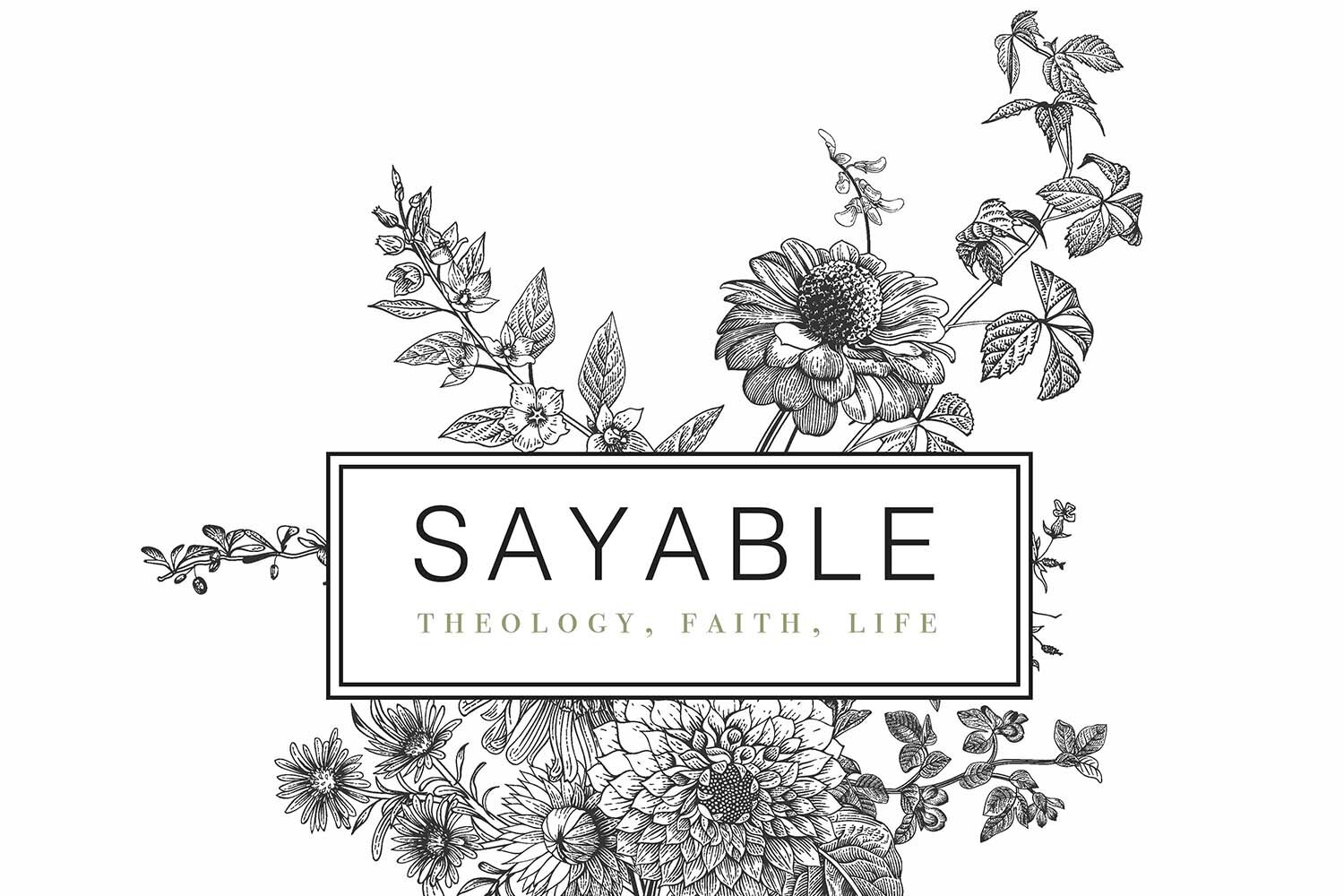The Surety of Every Living Thing
In the warmer weather I work from our sunporch, facing the river from my desk or chair through a wall of windows, but in the winter I gravitate to our living room, which is warmer but also lighter, catching the low and slow southern sun throughout most of the day. I will know it is time to migrate back to the sunporch when a little patch of snowdrops out the living room window make their appearance. “Here we are,” they seem to say, “Here we were all along just waiting.”
My mother-in-law sent us a photo of her standing in the blushy blooms of a Japanese Magnolia she planted on the family land 25 years ago and it was my first reminder of the season that elsewhere spring has already begun to inch her way into the northern hemisphere. I read a piece on winter last month from which a line repeats often in my head now: “It really is quite hard to sustain the illusion that there is anything good about winter after the hundredth day or so of temperatures below freezing.” The writer continues with a thoughtful meander through the virtues and curses of living in a less than temperate climate.
Hoffman’s Mill, Peter Hurd
Our dainty pup has a bit of a seemingly irrational fear of water, including puddles, which means that as the snow melts, she fences herself into a smaller and smaller arena to do her business on the leftover snow. She does not dare to venture into the scary, scary possibility that the inch deep puddles surrounding the grey patch of snow might be fathoms deep. I wish I didn’t understand her irrational fears (although she would say they’re quite rational as twice she’s fallen into a swimming pool), but the truth is, I do.
In A Curious Faith I wrote a chapter on the question Jesus asks his disciples in the boat during the storm: Where is your faith? I teased out the truth that nearly one hundred percent of the time, our faith is in the rational things. We trust that cars go on green and stop on red. We trust that if it rains we will get wet and if the sun is shining we will stay dry. We trust in our tastebuds and in our hearing or our sight. We are very rational creatures with finely tuned instincts for survival. And so when Jesus asks that question during a storm in which these seasoned fishermen know could be deadly for them, I guess I understand the object of their faith in that moment: it’s in what they know to be true about the world. I’m like that too.
Even if we trust in what is not seen (like the snowdrops that are right now beginning their process of waking up), we derive that trust from what “we have seen with our eyes, which we have looked at and our hands have touched.” Even the disciple whom Jesus loved put his faith in what he could see and touch. Even Thomas needed to thrust his hand into Jesus side and inspect the wounds in his hands.
Kerosene Tank, Franz De Merlier
Christianity seems irrational to many folks and if it’s simply understood as a pie in the sky, ethereal trust in some cosmic being, I can understand why. God did not create us to believe in the unbelievable. He made us rational and so he made himself available in human form, the Word made flesh. This is why I am suspect of people who talk endlessly about having faith and praying for more of it without the constant coupling of it with the life of Jesus himself. I think God wants to give us proof. I think he scatters it liberally around the world and gleefully waits for us to see it. And I think he is patient with us when we don’t.
I think he is proving it in the snowdrops and in the Japanese Magnolia and in the puddles surrounding the snow and in the snow itself and he is proving it in my pup and in the ways I will help her see that this water is not as scary as she thinks it is. And I think he wants to prove it to you too.


